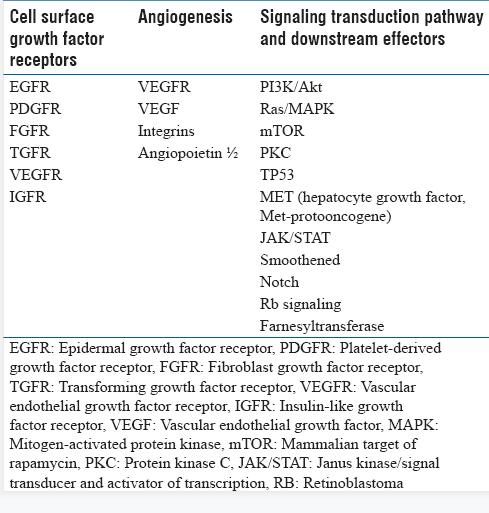How long will patients with glioblastoma survive?
- Normal Liver Cells Found to Promote Cancer Metastasis to the Liver
- Nearly 80% Complete Remission: Breakthrough in ADC Anti-Tumor Treatment
- Vaccination Against Common Diseases May Prevent Dementia!
- New Alzheimer’s Disease (AD) Diagnosis and Staging Criteria
- Breakthrough in Alzheimer’s Disease: New Nasal Spray Halts Cognitive Decline by Targeting Toxic Protein
- Can the Tap Water at the Paris Olympics be Drunk Directly?
How long will patients with glioblastoma survive?
- Should China be held legally responsible for the US’s $18 trillion COVID losses?
- CT Radiation Exposure Linked to Blood Cancer in Children and Adolescents
- Can people with high blood pressure eat peanuts?
- What is the difference between dopamine and dobutamine?
- What is the difference between Atorvastatin and Rosuvastatin?
- How long can the patient live after heart stent surgery?
How long will patients with glioblastoma survive? How do patients with glioma survive longer?
According to the World Health Organization (WHO) pathological classification of glioma, glioblastoma in WHO grade 4 is a highly malignant tumor.
Past research data shows that the median survival time of patients with glioblastoma At 18 months, glioblastoma is still an incurable disease.
To improve the survival rate of patients with high-grade glioma, new breakthroughs in treatment are still needed.
How many years can malignant glioma live? Treatment is the key
The main methods of treatment of glioblastoma are surgery, radiotherapy and chemotherapy. There is no doubt that the scope of surgical resection of tumors is a key factor affecting the survival rate of patients.
As early as 1978, radiotherapy was discovered as a way to prolong the survival of patients with high-grade glioma;
The chemotherapeutic drug temozolomide was confirmed to be used for the treatment of recurrent high-grade glioma in 2000, and was approved for primary glioblastoma in 2005;
Bevacizumab was first approved in 2008 for the treatment of recurrent glioblastoma.
In addition, there are some new therapeutic drugs that have been clinically tested, such as cytotoxic chemotherapy drugs, anti-angiogenesis drugs, signal transduction modifiers, biological agents and immunotherapy. Each treatment method improves the survival rate of patients. Has been gradually improved.

Table 1: Potential molecular targets for glioblastoma
In recent years, a non-drug therapy has begun to show moderate survival benefits in the field of malignant tumor treatment. It is precision targeted therapy.
With the deepening of the understanding of the molecular subtypes, genomic changes, main molecular markers and signal pathways of glioblastoma in the field of neurosurgery, more accurate diagnosis and prediction of different subtypes of glioma can be made.
For example: IDH1 and IDH2 mutations are an important clue for the evolution of tumors from low-grade gliomas to high-grade gliomas; about 1%-3% of glioblastomas carry NTRK1 gene fusion; 3% of astrocytes The tumor carries NTRK2 gene fusion,
These research results will provide more information for the precise targeted therapy of high-grade gliomas.
How long will patients with glioblastoma survive?
(source:internet, reference only)
Disclaimer of medicaltrend.org



